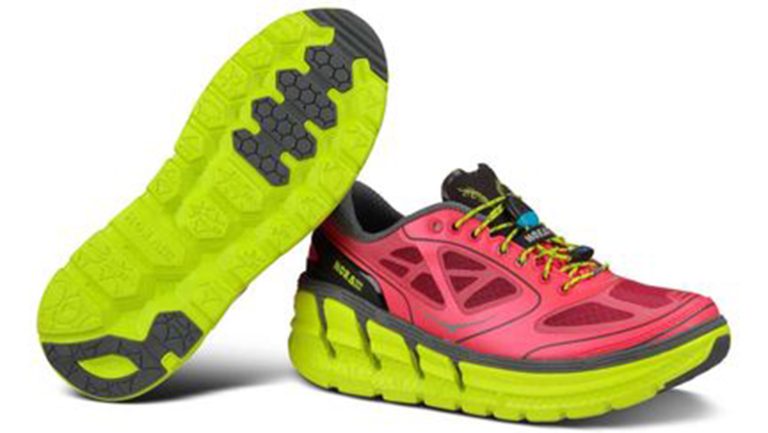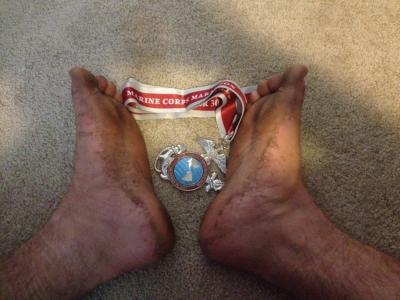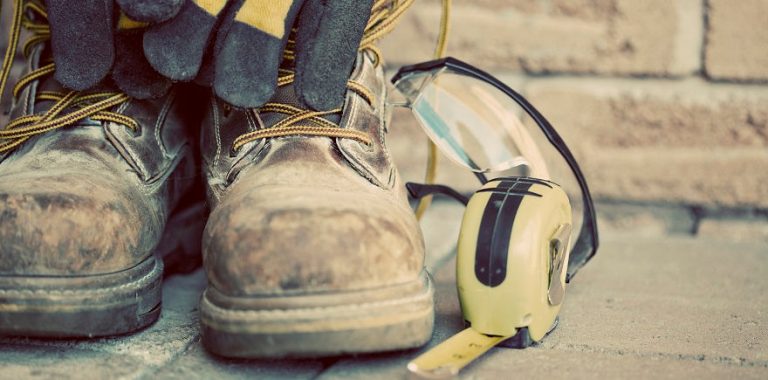What are Running Shoes Called?
Running shoes are commonly known as trainers or sneakers. These shoes are specifically designed to provide support and comfort to runners, absorbing the impact of each stride and helping prevent injuries.
Trainers are made with cushioning technologies and materials that enhance performance and maximize comfort during running activities. They come in various styles and designs, catering to different types of runners, terrains, and preferences. Whether you are a casual jogger or a competitive racer, having a pair of running shoes is essential to ensure a safe, comfortable, and efficient running experience.
So, whether you call them running shoes, trainers, or sneakers, these specialized footwear are a must-have for anyone serious about running.
The Basics Of Running Shoes
Running shoes are an essential piece of equipment for any runner. They provide the necessary support and cushioning to help reduce the risk of injury and improve performance. Understanding the different components of running shoes is crucial in finding the right pair for your needs.
The upper part of the shoe is responsible for securing your foot in place and providing breathability. It is usually made of mesh or synthetic materials that offer a combination of flexibility and support. The midsole, made of cushioning materials such as EVA or foam, absorbs shock and provides a comfortable ride.
The outsole, typically made of rubber, provides traction and durability. A good outsole will have grooves and patterns to enhance grip on various surfaces. The insole, which sits directly under your foot, offers additional cushioning and arch support.
Proper running shoes are important because they can help prevent injuries like shin splints, plantar fasciitis, and stress fractures. It’s essential to find a pair that fits well and is suitable for your running style and foot type. Remember to regularly replace your shoes to maintain their performance and support.
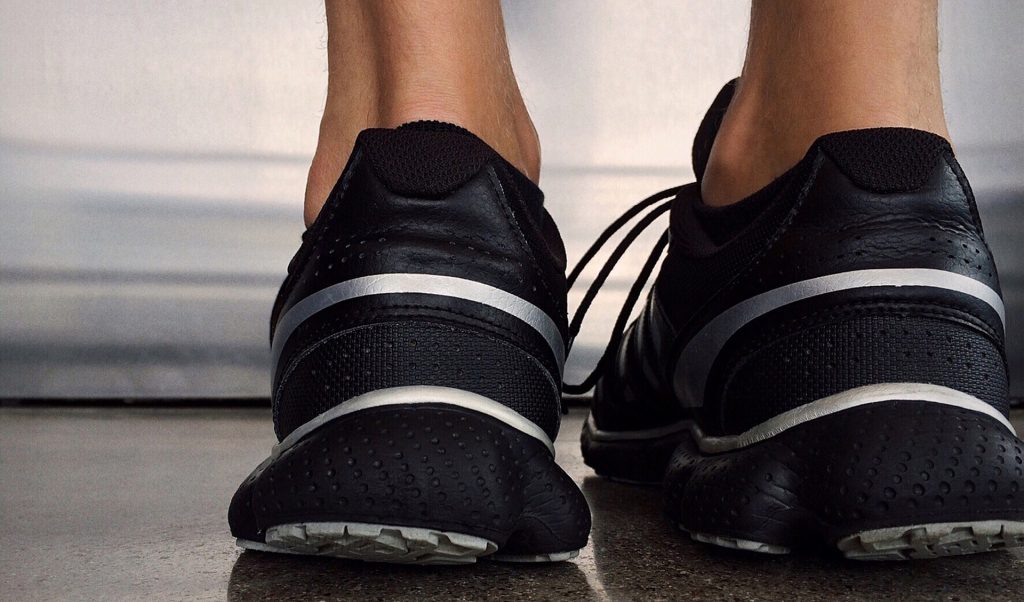
Credit: health.uconn.edu
Common Types Of Running Shoes
Explore various types of running shoes, including stability, motion control, and minimalist designs. Each category offers distinct benefits to support different running styles and preferences. Understanding these distinctions helps runners select the ideal shoe for their needs.
Neutral Running Shoes
Neutral running shoes are designed for runners who have a normal pronation, where the outside of the heel hits the ground first, and the foot rolls inward slightly. These shoes provide a balanced cushioning and are best suited for runners with high arches or those who require less support.
Stability Running Shoes
Stability running shoes are designed to provide support and control overpronation. They have added stability features to help correct the inward rolling motion of the foot. These shoes are ideal for runners with normal to low arches or those who need more stability and support during their runs.
Motion Control Running Shoes
Motion control running shoes are specifically designed for runners who severely overpronate. These shoes offer maximum support and stability to control excessive inward rolling of the foot. They have rigid frameworks and are ideal for runners with flat feet or those who need extensive motion control for a smooth and safe running experience.
How To Choose The Right Running Shoes
Choosing the right running shoes is crucial. Understand your foot type before making a purchase. Consider the terrain and distance you’ll be running on. Always try on and test the shoes to ensure the perfect fit.
Key Features To Look For In Running Shoes
Running shoes are an essential part of your running gear. When choosing the right pair, consider the level of cushioning they provide, as it directly impacts your comfort and protection from impact. Support is another crucial factor to prevent injuries and maintain stability. Look for shoes with adequate breathability to keep your feet cool and dry during long runs. Choosing running shoes that meet these key features will contribute to a more enjoyable and effective running experience.
Maintaining And Caring For Running Shoes
Cleaning and Drying:
To keep your running shoes in top condition, clean them regularly with a gentle brush and mild soap. Air dry them away from direct heat to prevent damage to the material.
Rotation and Replacement:
It’s essential to rotate your running shoes to allow them to air out and regain their cushioning. Consider replacing them every 300-500 miles to ensure optimal support and performance.
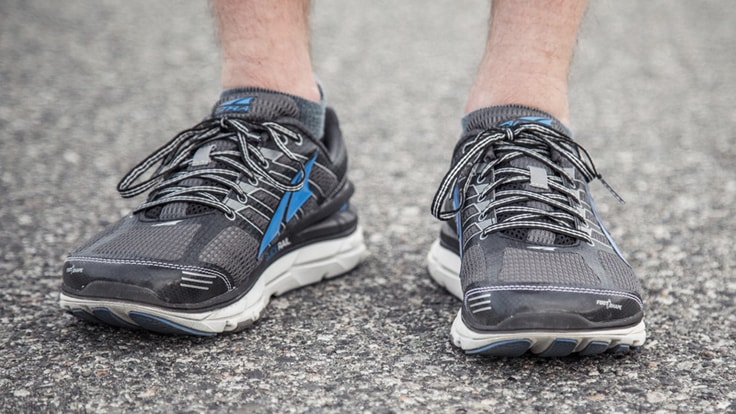
Credit: www.rei.com
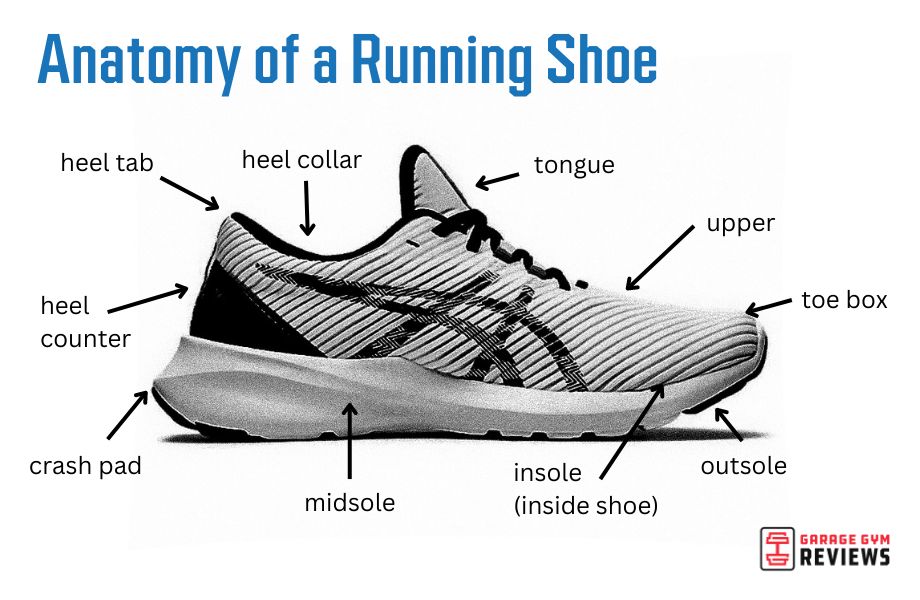
Credit: www.garagegymreviews.com
Frequently Asked Questions Of What Are Running Shoes Called?
What Is The Other Name Of Running Shoe?
The other name for running shoe is a sneaker, a type of athletic footwear designed specifically for running.
What Type Of Shoes Are Used For Running?
Running shoes are specifically designed to provide cushioning, support, and stability during running activities.
What’s Considered Running Shoes?
Running shoes are specifically designed footwear for running, providing cushioning, support, and traction to help with performance and reduce injury risk.
Conclusion
It’s crucial to understand the significance of choosing the right running shoes. With various types available, such as neutral, stability, and motion control shoes, it’s essential to select the right pair based on your foot type and running style. Making an informed choice will not only enhance your comfort but also reduce the risk of injuries, allowing you to perform at your best.

